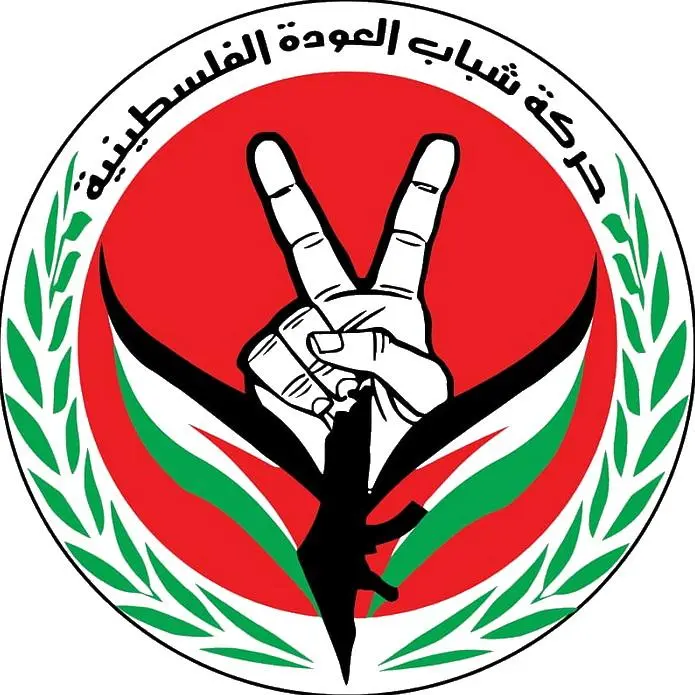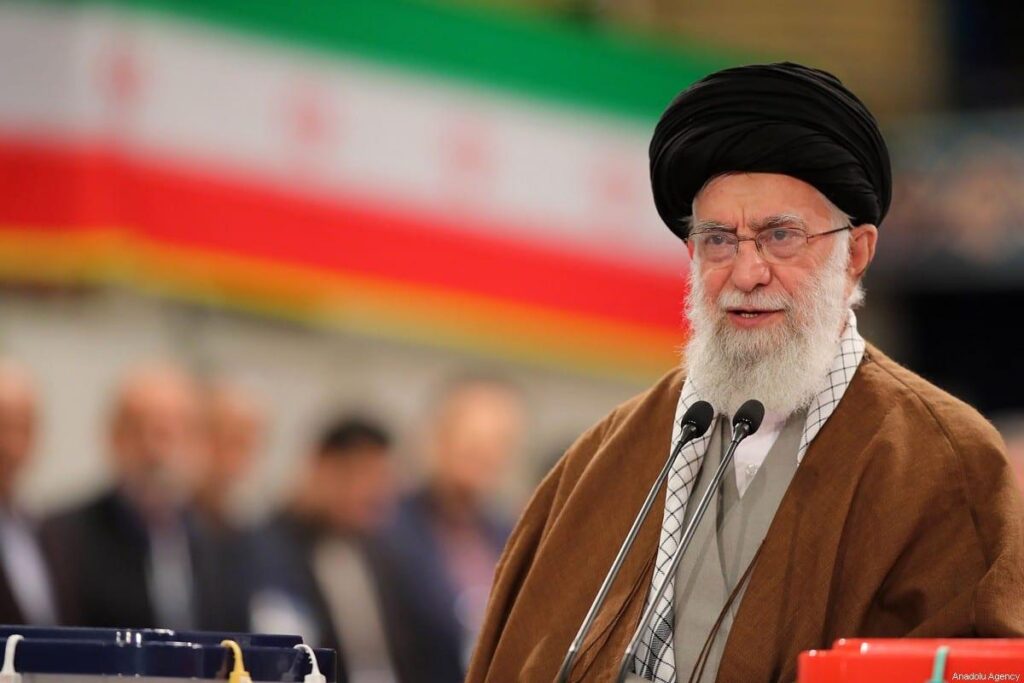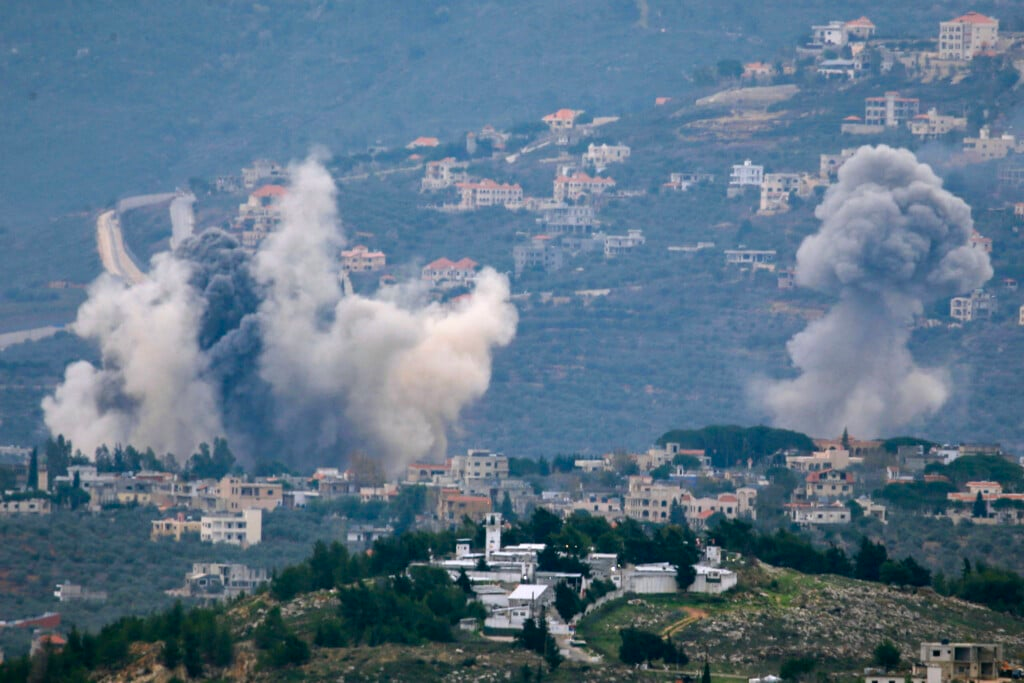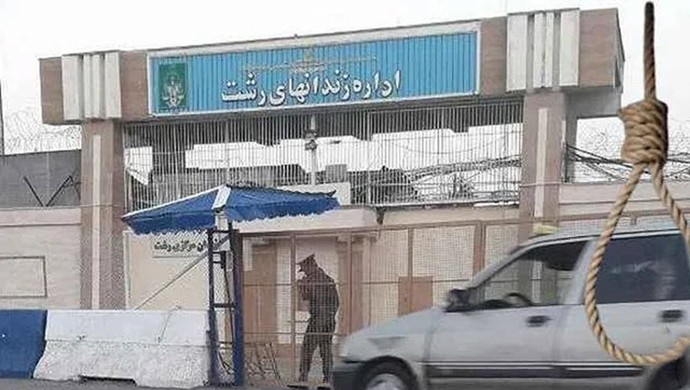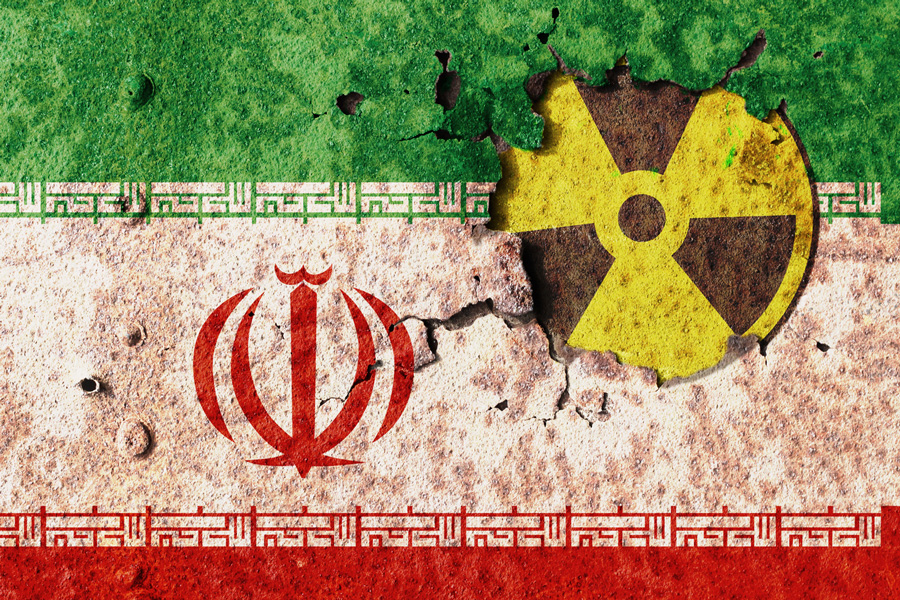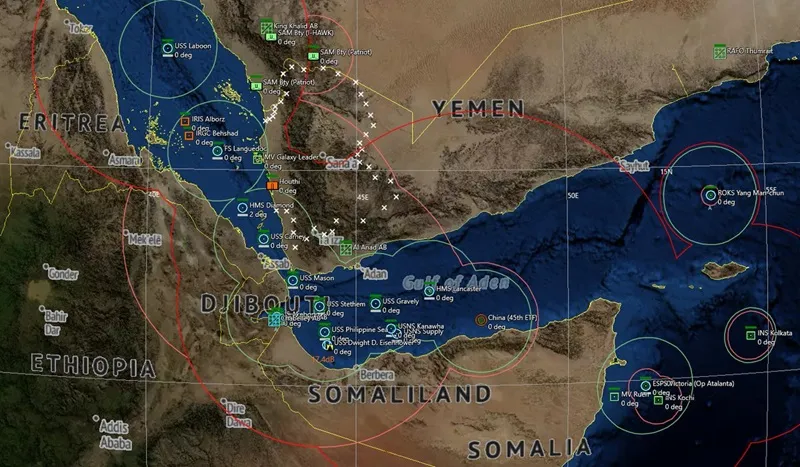Biden orders strikes on an Iranian-aligned group after 3 US troops injured in drone attack in Iraq
President Joe Biden ordered the U.S. military to carry out retaliatory airstrikes against Iranian-backed militia groups after three U.S. servicemembers were injured in a drone attack in northern Iraq.
National Security Council spokeswoman Adrienne Watson said one of the U.S. troops suffered critical injuries in the attack that occurred earlier Monday. The Iranian-backed militia Kataib Hezbollah and affiliated groups, under an umbrella of Iranian-backed militants, claimed credit for the attack that utilized a one-way attack drone

